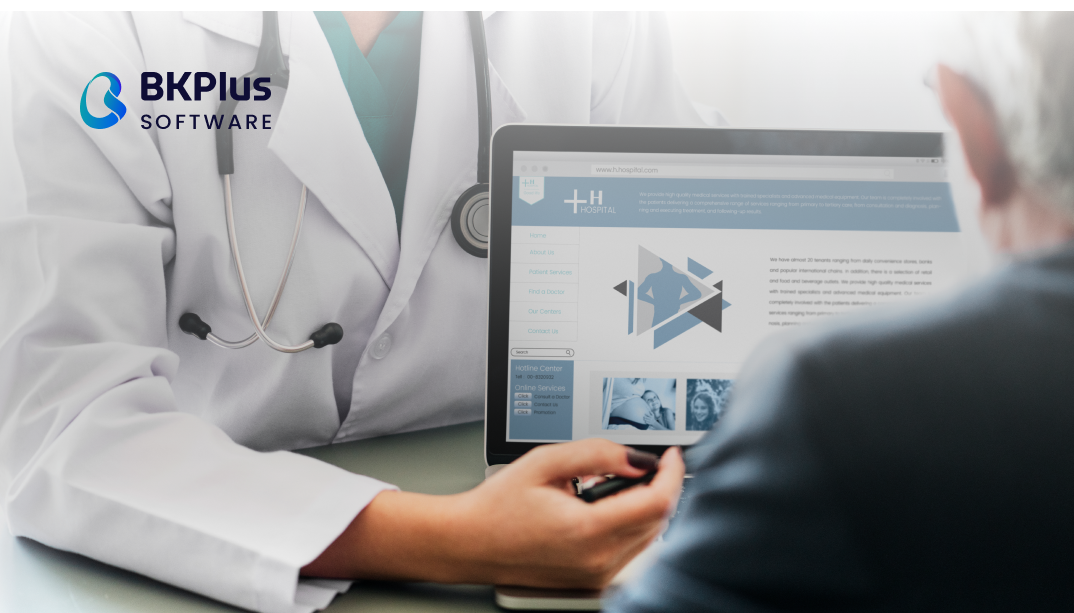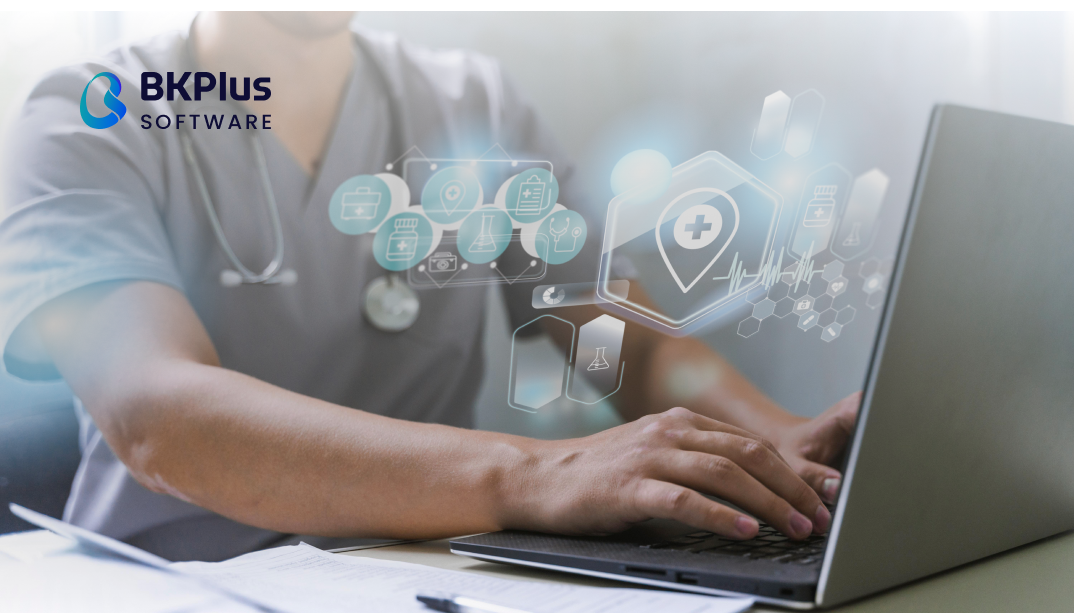In recent years, the medical industry has been adopting technology to improve patient care and maximize efficiency. One such technology that’s gained widespread acceptance throughout healthcare is electronic health record (EHR) systems. These systems have become integral to the medical industry, and have increased the accessibility of health information to both patients and providers.
Here’s an overview of EHR system and how they’re revolutionizing the healthcare industry.
What is EHR Software?
EHR stands for Electronic Health Record, and the system’s goal is pretty self-evident from its name to record and store patient data electronically. The EHR represents a digital hub that helps both doctors and patients organize and manage data efficiently. More importantly, both parties can access it online whenever needed.
Within the last decade, the market of EHR software has boosted and is projected to reach a market value of $11.3 billion by 2034. As we stand in 2024, EHR software commands an impressive 70% share of the global market, a testament to its widespread adoption.
Benefits of EHR Systems
While EHR systems’ prevalence in the healthcare system is well-established, it’s important to note the aid this health informatics tool provides to the industry. Here are the top seven benefits of leveraging EHR systems in healthcare.
1. Comprehensive View of the Patient
Healthcare providers should strive for dynamic, patient-centered records that track a person’s entire life in sickness and in health. A single, ongoing record for a patient provides a holistic view of their entire health status, enabling better diagnosis and lifelong treatment.
2. Better Coordination of Care
With digital records, clinicians can more easily coordinate and track patient care across practices and facilities. Clinicians from different specialties and disciplines also work together as a team on patient outcomes to provide better care.

3. Sharing Information
The ability to share information between different disciplines, specialties, pharmacies, hospitals and emergency teams, and to access medical records via mobile devices when needed, enables better and faster decision making, especially in critical situations.
4. Streamlined Workflows
EHRs increase productivity and efficiency and reduce paperwork. Patients and staff have fewer forms to fill out, leaving physicians more time to treat patients. Referrals and prescriptions can be sent quickly, reducing wait times for appointments and collections.
Automated reminders can alert patients that it’s time for annual checkups or warn them when they’re approaching milestones that require regular checkups. With integrated patient tracking, bills and insurance claims can be submitted on time.
5. The power of Data
Continuous data collection enables greater personalization of care and allows providers to address health issues in a preventative way. In addition, “big data” analytics and aggregated patient data can alert providers to larger health trends, such as potential outbreaks and which flu strains are most prevalent each flu season.
6. Greater Efficiency and Cost Savings
Digital records and integrated communication methods can significantly reduce administrative costs. This includes reducing the need for transcription, physical storage of medical records, coding and claims management, as well as facilitating care coordination and reducing the time spent on paper communication between physicians, laboratories, pharmacies and health insurance companies.
7. Reduction of errors
Digital records allow for better tracking and more standardized documentation of patient interactions, which can lead to a reduction in errors. Thanks to digital paper trails, illegible handwriting in doctor’s letters or prescriptions is no longer a problem, and coding procedures or invoices is easier. Integrated systems can also be set up to show drug interactions and other indicators of potential harm.
If the potential of the electronic patient record is fully exploited, patient care can be improved. Healthcare providers can spend more time on treatment instead of managing records. Electronic health records will also allow healthcare providers to recognize patterns and share information in ways that were not previously possible, which can lead to faster and more effective treatments.
How to Build an EHR System
1. Idea Validation
The first and most important step in EHR software development is to validate the software idea and concept. The software development services you choose will check the viability of the EHR solution and its suitability for the market before they begin development.
You will need to determine your goals, your needs and your competitors while determining the elements that would set your organization apart.
2. EHR Model and Prototype
Once you have validated the idea for the EHR software, the next step is to create a prototype.
Creating a list of features, selecting a team and deciding on the technology package are the first steps in this process.
Next, request a prototype from your vendors that closely resembles how the software will look and function.

3. Designing and Development
Once you’ve approved the prototype, it’s time to begin the final design phase of the EHR systems. You may want to finalize a design that meets your organizational needs. Therefore, look for a software development company that will develop the software with your unique requirements in mind.
At this stage, the project will be handed over to the programmers who will start implementing the system functions. Each sprint in the development process aims to create a fully functional platform or a finished functional component.
4. Testing
The quality assurance team finds the bugs in the testing phase. They follow the software development process, check the design and keep an eye on other processes.
They also know how to create a more advanced electronic medical record system. The goal is to determine whether or not the EHR software meets the requirements.
5. Launch and Maintenance
Once the functionality has been developed, the QA team performs all the necessary final checks before the software development team launches the product, either by integrating it into the existing system or by introducing a brand new system.
The collaboration with the vendor continues even after the technology goes live. The platform is continuously monitored by experts for bugs or potential future problems.
Conclusion
A fully digitized electronic health record (EHR) stores, organizes and exchanges patient medical data with labs and other healthcare providers. With a reliable EHR software development partner like BKPlus Software, your healthcare organization can speed up clinical procedures and improve doctor-patient communication.
Want to Develop Your Own EHR System?
BKPlus Software provides end-to-end guidance for healthcare organizations of all sizes. Our team handles everything from interface design to HIPAA compliance checks, allowing you to focus on patient care.
Contact us today to discuss building a faster, more intuitive EHR that is perfectly tailored to your practice.



